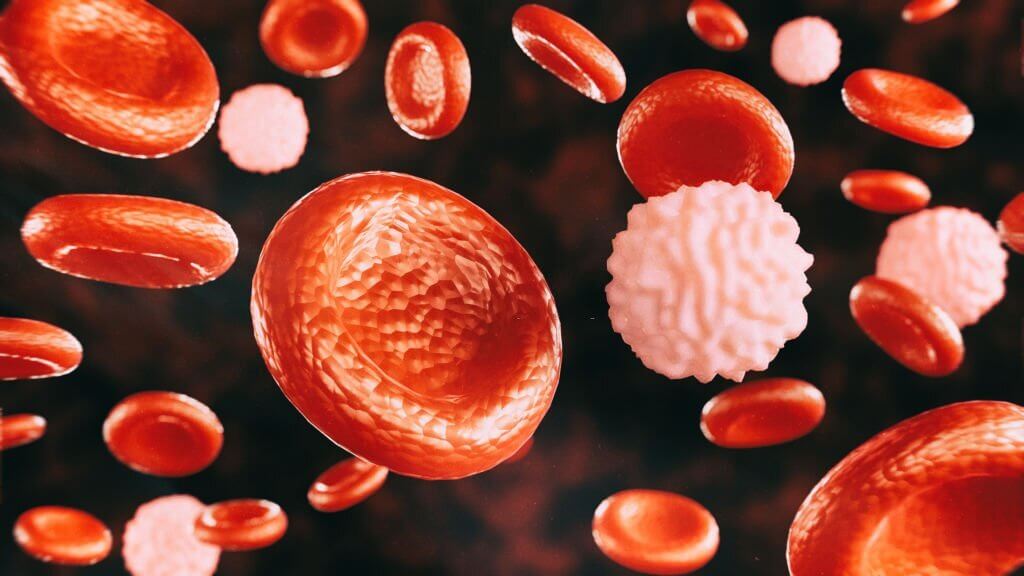White Blood Cells in Cervical Swab Without Infection: Causes and Clinical Approach

Finding white blood cells on a cervical swab despite no apparent cervical infection is a seemingly paradoxical result that warrants evaluation. This article explores potential reasons for increased cervical white blood cells without infection, how the number correlates to conditions, when upper genital tract infection should be considered, diagnostic approaches, whether an elevated count could ever be normal, and overall clinical implications.
What is the significance of finding white blood cells in cervical swabs when there is no infection?
Finding white blood cells in the cervical swab when there is no apparent cervical infection can indicate subclinical inflammation or an underlying condition that requires further evaluation. The cervix normally has minimal white blood cells present. An increased number of white blood cells, especially polymorphonuclear leukocytes, suggests an inflammatory process is occurring even if traditional methods do not detect an infection.
What are some reasons for increased white blood cells without cervical infection?
Physiological factors like ovulation and menstruation can increase cervical white blood cell counts temporarily. Mechanical irritation from speculum use during sample collection can also introduce artifacts. However, persistently elevated levels require consideration of other causes. These include undiagnosed infections, often due to insensitive detection methods. Chlamydia and gonorrhea can be present with minimal symptoms or inflammatory changes visible on examination. Similarly, bacterial vaginosis is notorious for lacking overt signs despite causing cervicitis. Improved diagnostics through nucleic acid amplification tests or Gram stains enhance infection detection.
Non-infectious causes like chemical irritation from douches, foreign bodies, or cervical trauma can induce inflammation without actual pathogens present. Cervical dysplasia, although not directly inflammatory, disturbs epithelial integrity. Autoimmune processes affecting the genital tract such as lichen sclerosis also increase leukocytes. Diabetes leads to poor infection control, prolonging inflammation. Finally, idiopathic causes like desquamative inflammatory vaginitis can be challenging to identify yet produce substantial leukocytes.
How does the number of white blood cells correlate with specific conditions?
Studies demonstrate bacterial vaginosis, with its shift from Lactobacillus- to anaerobe-dominant flora, elevates vaginal white blood cell counts despite its reputation as non-inflammatory. Counts increase with trichomoniasis severity, reflecting higher pathogen levels. Chlamydia notably elicits lower levels than other sexually transmitted infections, attributed to its immune-dampening properties. Still, any amount over 10 cells per high power field deserves attention. Overall, while white blood cell counts cannot identify specific etiologies, higher numbers likely signal problematic inflammation.
When should cervical white blood cells prompt evaluation for upper genital tract infection?
Given cervical inflammation frequently extends to the endometrium and fallopian tubes, white blood cells on cervical sampling might indicate endometritis or salpingitis. This substantially increases risks of pelvic inflammatory disease, infertility, ectopic pregnancy, and chronic pelvic pain. Therefore, physicians must rule out upper tract involvement through imaging and endometrial biopsies. Risk factors like multiple partners or an intrauterine device necessitate exclusion of silent pelvic infection. However, most cases of isolated leukorrhea lack pathological upper involvement. Providers should still perform exams and testing to explain cervical leukocytes.
What is the clinical approach for elevated cervical white blood cells?
Despite often being asymptomatic, women with increased cervical white blood cells need comprehensive workups. Clinical history should evaluate for sources of irritation, new exposures, and symptoms suggestive of infection. A speculum exammight reveal discharge or friability. Testing includes microscopic analysis, gram stains, cultures, and molecular assays to identify infectious organisms. Imaging like transvaginal ultrasound helps assess uterine cavity and tube status. Obtaining endometrial samples can directly detect inflammation. If results are unrevealing, empirical treatment with antibiotics covering likely pathogens seems warranted given potential complications. Follow-up leukocyte counts and cervical cytology after treatment ensure resolution.
Could cervical white blood cells ever be considered normal or acceptable?
Minimal cervical white blood cells from physiologic discharge or specimen collection do not require intervention. However, once inflammation is confirmed through repeat testing, it should be addressed. Assuming an elevated count is normal risks missing important pathology. That said, in those with recurrent or extensive workups that are continually negative, the possibility of baseline cervical hypersensitivity might be entertained. These patients may simply have easily stimulated leukocyte responses. Observation for progressive symptoms is sensible. Overall though, prudence favors pursuing explanations and minimizing chronic leukorrhea.
In summary, while white blood cells without infection seem incongruous, examining potential underlying causes is crucial to provide appropriate diagnosis and treatment to these women. Given diverse etiologies, individualized yet thorough clinical evaluations are key. As long as concerning symptoms or exam findings persist, providers should err on the side of caution.
Click to View → Mantacc Cervical Swabs
References
-
1. Geisler WM, Yu S, Venglarik M, Schwebke JR. Vaginal leucocyte counts in women with bacterial vaginosis: relation to vaginal and cervical infections. Sex Transm Infect. 2004 Oct;80(5):401-5. doi: 10.1136/sti.2003.009134. PMID: 15459411; PMCID: PMC1744893.
-
2. Vaginal leucocyte counts as indicator for cervical infections in women with bacterial vaginosis in Najaf, Iraq
-
3. Infectious Vaginitis - GLOWM
Related Posts
Cervical Swabs vs Vaginal Swabs for Chlamydia and Gonorrhea NAATs
Cervical Swab: A Vital Tool in Detecting Precancerous Cells
The Cervical Swab: Leading the Charge in Women's Diagnostics








